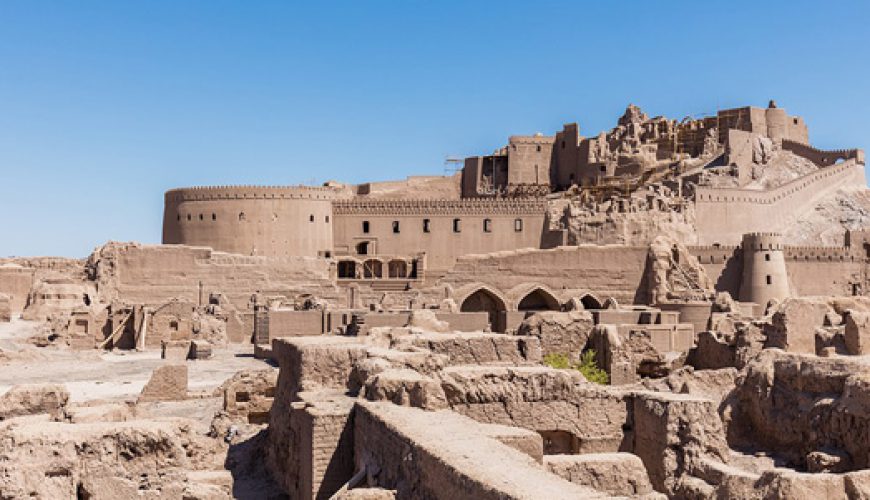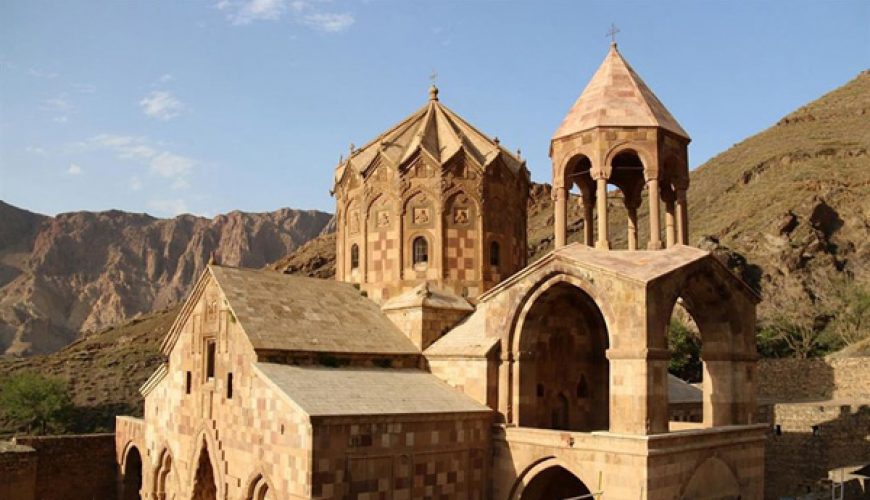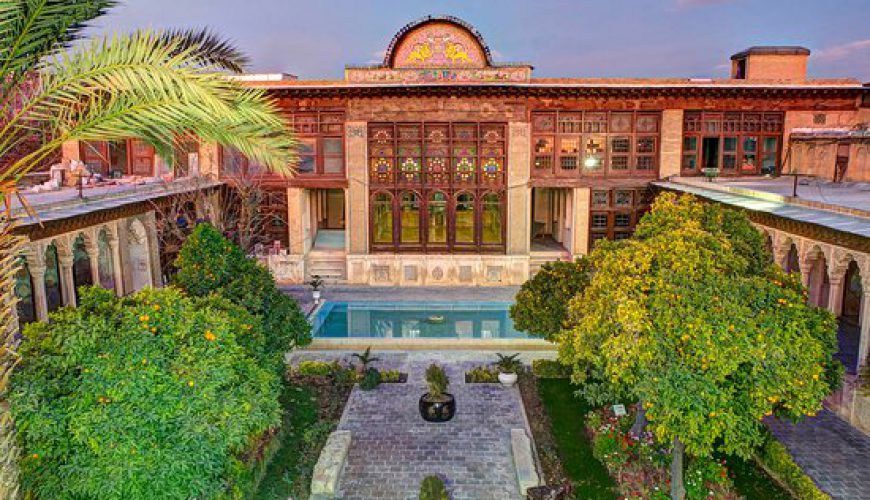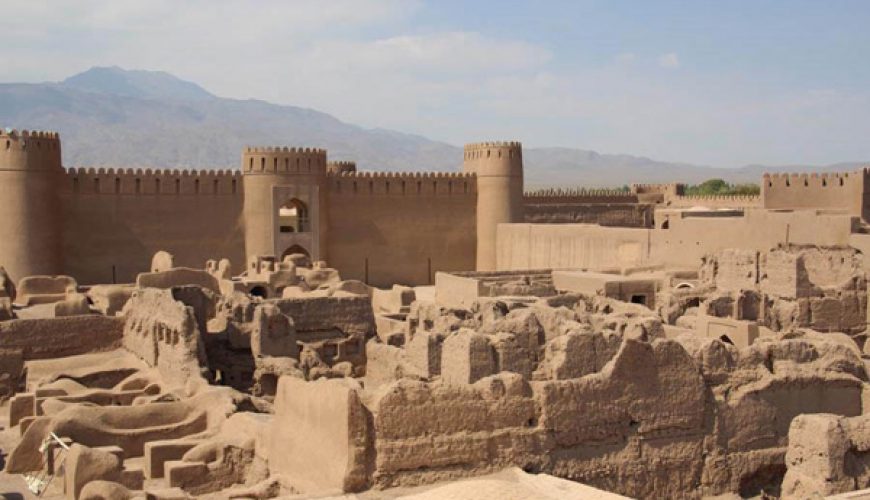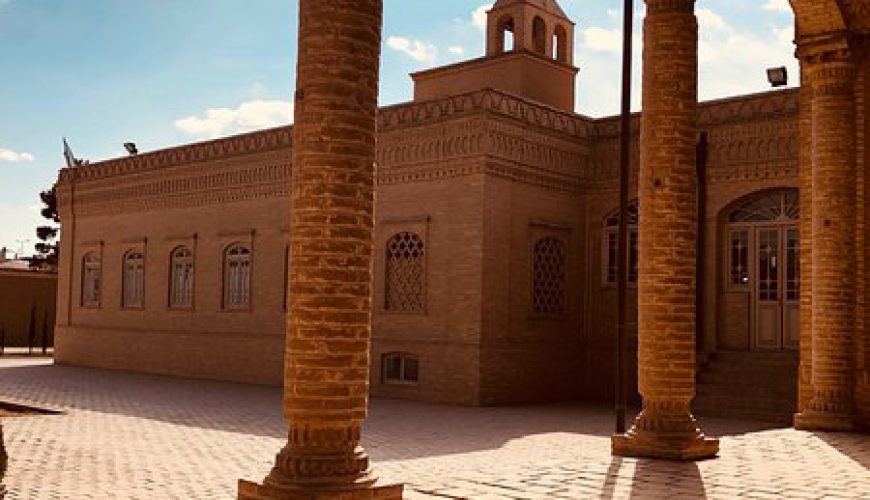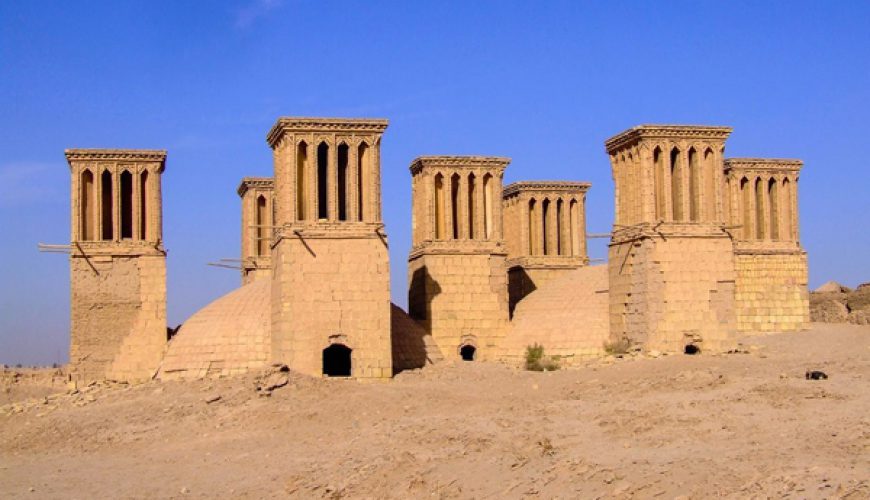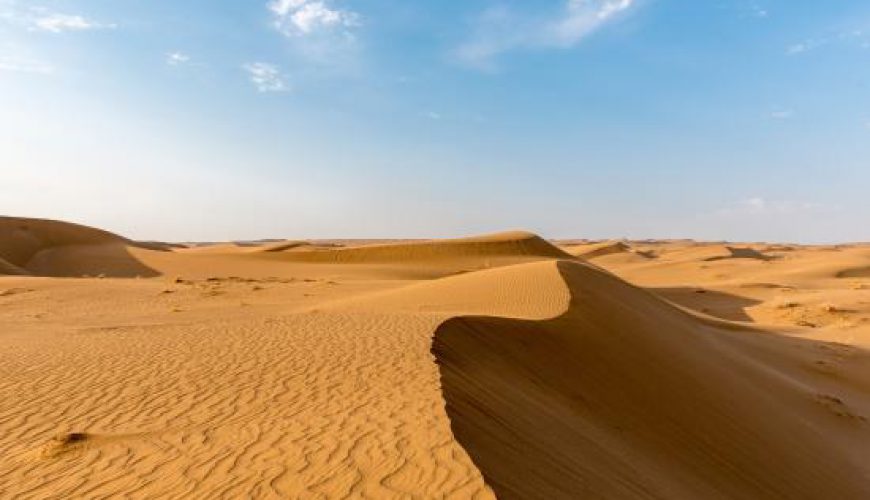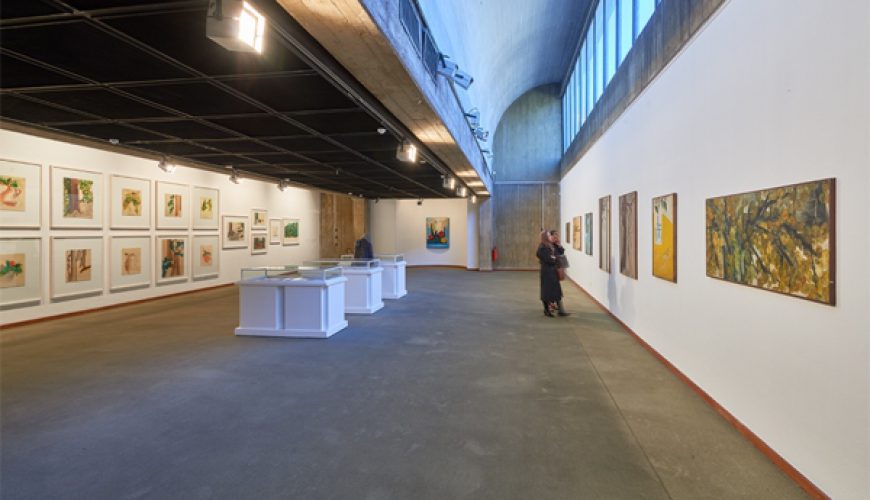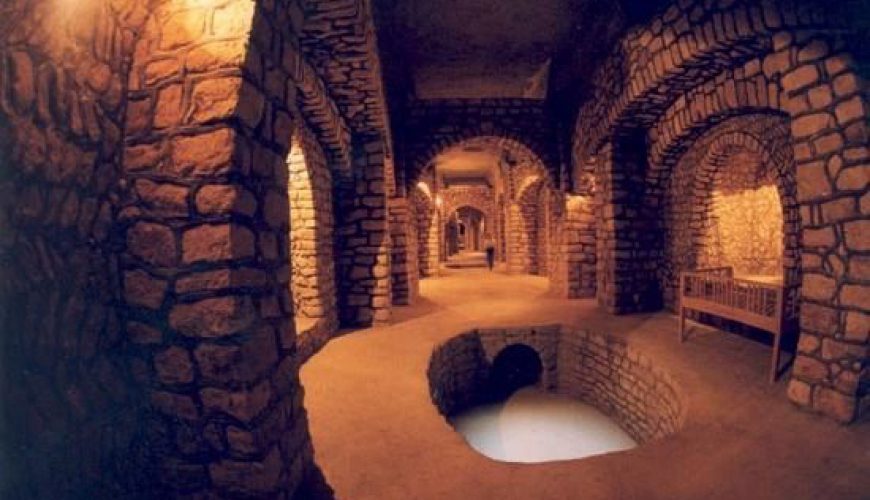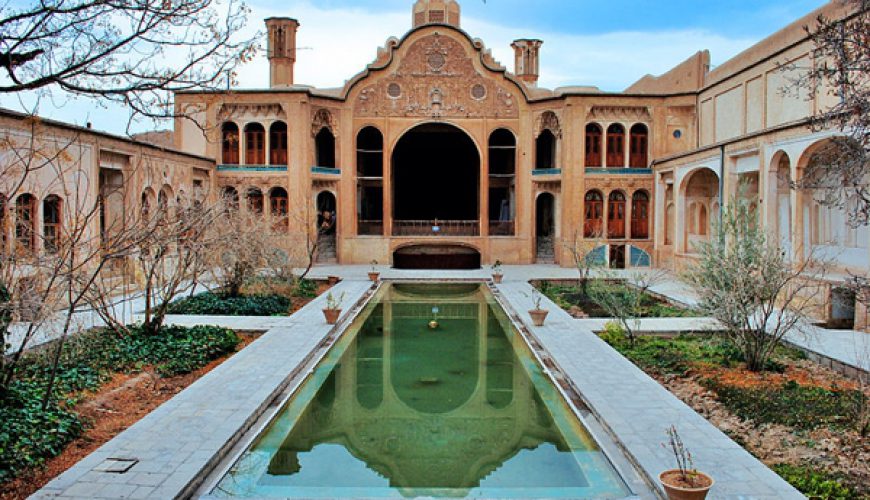Category: Iran tourist attractions
- Home
- Category: Iran tourist attractions
Bam is situated in a desert environment on the southern edge of the Iranian high plateau. The origins of Bam can be traced back to the Achaemenid period (6th to 4th centuries BC). Its heyday was from the 7th to 11th centuries, being at the crossroads of important trade routes and known for the production [...]
Read More
Saint Stepanos Monastery is the second important Armenian monastery in Iran after St. Thaddeus Monastery. This monument is located in East Azerbaijan Province, 16 kilometers west of Jolfa City and 3 kilometers from southern shore of Aras River in a place named "Qezel Vank" (Red Monastery). The monastery was built in 9th century AD, but [...]
Read More
The house of Zaynat al-Milk or Zaynat al-Muluk is one of the historical and architectural monuments of the Qajar period, which lasted about 12 years. Most of the rooms in this wood house are decorated with pictures of animals, birds and flowers. This house is located at a distance from the alley of Qavam Garden, [...]
Read More
Rayen castle, or Arg-e Rayen is an adobe castle in Rayen town in Kerman, you can visit the medieval mud brick city of Rayen is similar to the Arg-e Bam. Rayen displays all the architectural elements of a deserted citadel. It appears extremely well preserved, considering the numerous natural disasters that have been destroying similar [...]
Read More
The Markar Museum is located in a building dating back more than eighty years with magnificent and unparalleled architecture. The brick building was used as the dormitory for the students of the Markar boarding school and its architecture allows for máximum use of sunlight thus conserving energy at the highest level. The complex uses various [...]
Read More
Sar Yazd Castle (Qal’eh Sar Yazd in Persian) is a historical castle built during Sassanid Dynasty (the 3th_ 7th century) in Sar Yazd village, Mehriz county, Yazd Province, Iran. The castle has been one of the oldest and largest bank safe-deposit boxes in Iran and the world where cereals, money, gold and jewelry were kept [...]
Read More
The name of Maranjab was chosen by Shah Abbas the Safavid King. When Shah Abbas used to build caravanserai in every city or route, he would never imagine that he would build a castle in the forgotten Maranjab Desert. But as soon as the Tajiks and Afghans reached Isfahan and central regions Shah Abbas felt [...]
Read More
In a striking concrete modernist building on the western side of Park-e Laleh, this museum's impressive collection boasts works by Picasso, Matisse, Van Gogh, Miró, Dalí, Bacon, Pollock, Monet, Munch, Moore and Warhol, among many others. Unfortunately, they are not always on display, but do not be put off, as there are still some interesting [...]
Read More
The Iranian island of Kish in the Persian Gulf is not known for its history or its architecture. The island is actually more similar to Miami and is marked with luxuriant beaches and shopping malls. It is one of the most popular tourist destinations in the Middle East, yet most tourists seem to overlook a [...]
Read More
a masterpiece of traditional Persian architecture of the 19th century The Iranian Borujerdis house is the product of a traditional desert architecture that features elements from both pre-Islamic and Islamic periods. It is located in Ishafan province, on Alavi Street in the town of Kashan, and represents one of the most beautiful historic houses there. [...]
Read More
